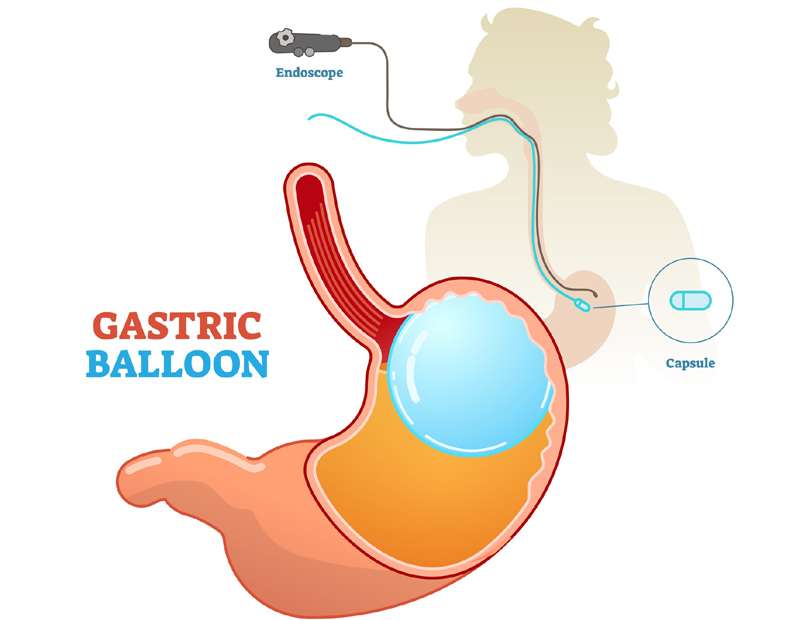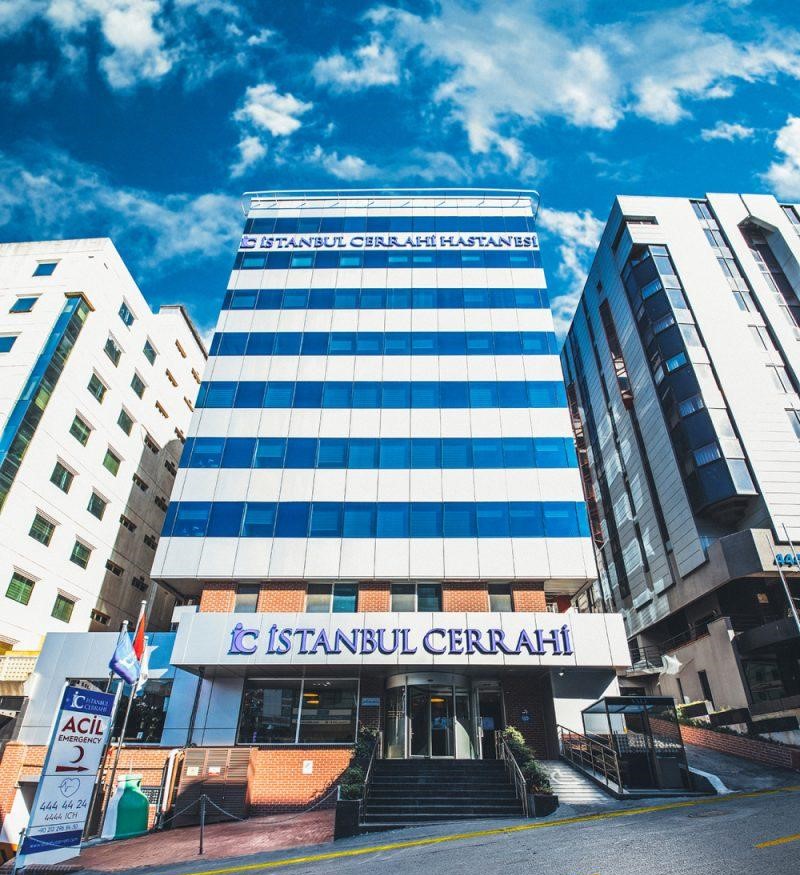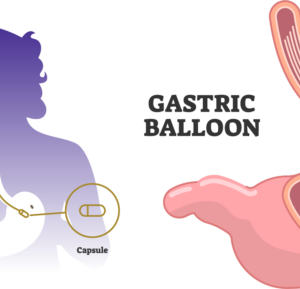Description
Endoscopic Gastric Balloon: A Comprehensive Guide
Familiarity with Treatment: The endoscopic gastric balloon is a non-surgical weight loss procedure where a saline-filled silicone balloon is placed in the stomach to help patients feel full and eat less.
How It Works:
The procedure involves inserting a deflated balloon into the stomach through the mouth using an endoscope. Once in place, the balloon is filled with saline solution, occupying space in the stomach.
Benefits:
This treatment helps patients lose weight by reducing the stomach’s capacity, leading to a feeling of fullness with smaller meals. It is a minimally invasive option compared to traditional bariatric surgery.
When is Surgery Necessary?
Surgery may be necessary if the patient does not achieve the desired weight loss with the gastric balloon or if there are complications that require surgical intervention.
Who is it Suitable for?
The procedure is suitable for adults with a body mass index (BMI) of 30 to 40 who have not been able to lose weight through diet and exercise alone.
Who is Not Suitable for?
Individuals with certain medical conditions, such as large hiatal hernias or stomach ulcers, may not be suitable candidates for this procedure.
Advantages:
The gastric balloon is a temporary, reversible option that does not require surgery or general anesthesia. It can be a bridge to more permanent weight loss solutions.
Complications:
Potential complications include nausea, vomiting, and balloon deflation. In rare cases, the balloon may cause a blockage in the digestive system.
Previous Care:
Patients should follow a specific diet and lifestyle changes before the procedure to prepare their body for the balloon.
Postoperative Care:
After the procedure, patients need to adhere to a diet plan and regular follow-up appointments to monitor their progress and ensure the balloon is functioning correctly.
Additional Points:
The gastric balloon is typically removed after six months. It is important for patients to continue with lifestyle changes to maintain weight loss after the balloon is removed.
Further Resources:
For more detailed information, you can visit the Mayo Clinic, Cleveland Clinic, and Johns Hopkins Medicine.
I hope this helps! If you have any more questions or need further information, feel free to ask.





Reviews
There are no reviews yet.